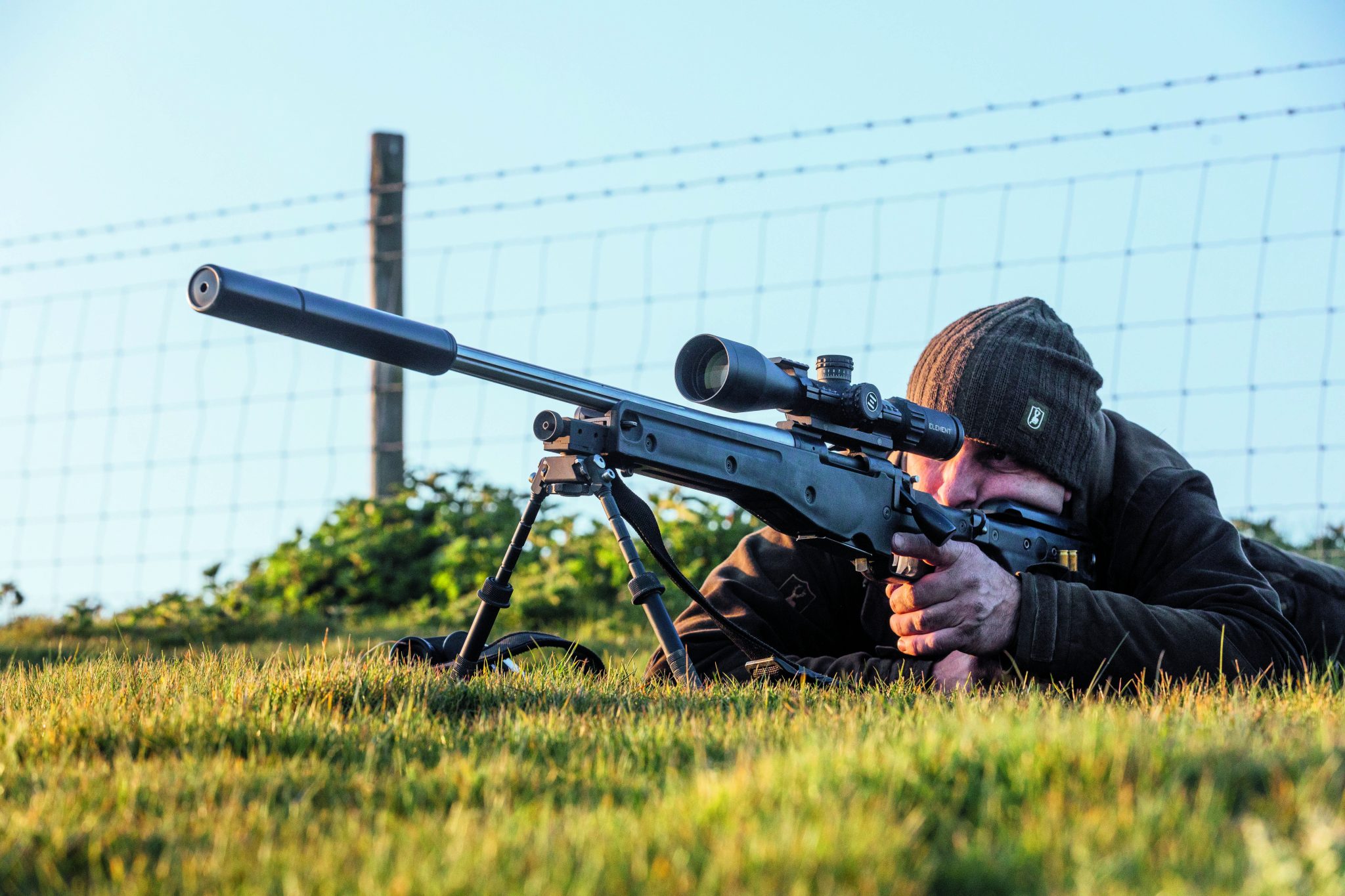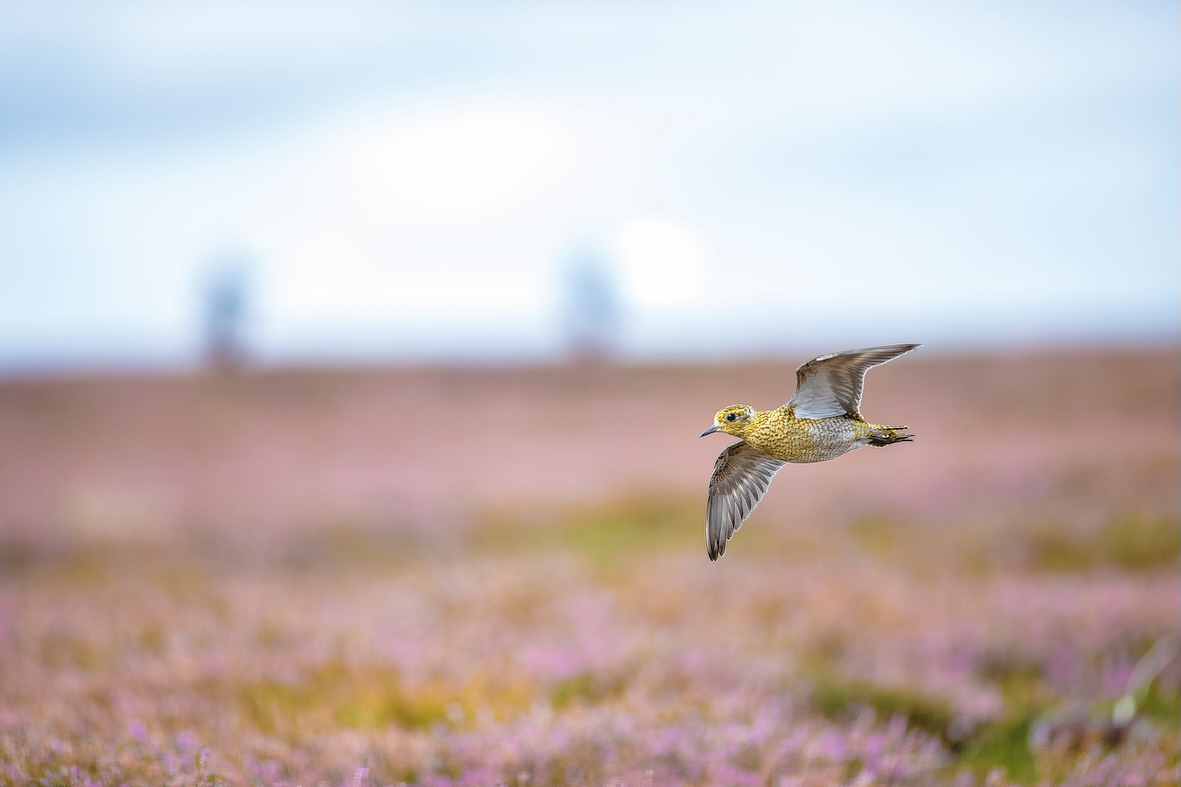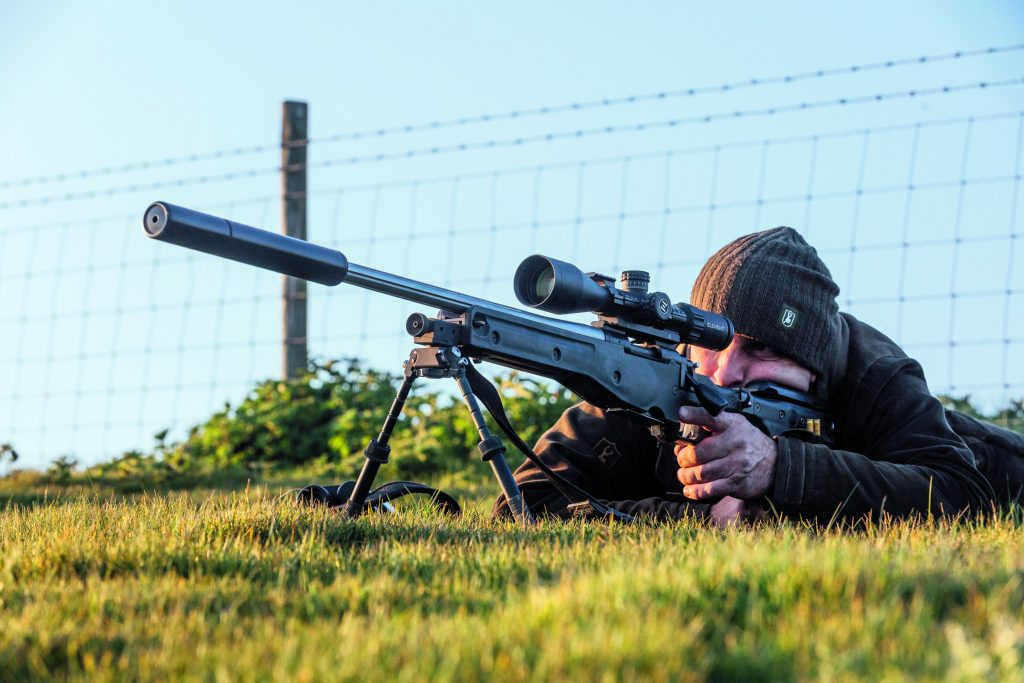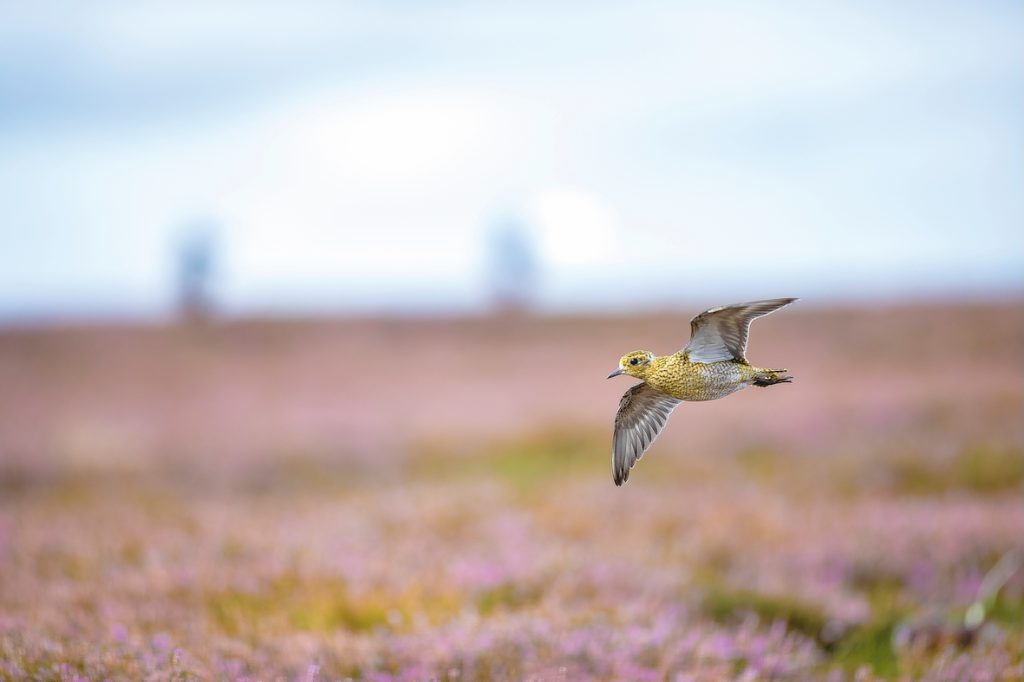News
Reintroduction of wolves to the US
Wolf reintroduction to parts of the US in the mid-1990's proves a success
Would you like to speak to our readers? We offer sponsored articles and advertising to put you in front of our audience. Find out more.
When I am hunting in deep mountain wilderness, I love knowing that wolves are also hunting nearby ? but not all hunters feel this way.
I arrived in the Northern Rocky Mountains in the western United States in 2007 to start a job conserving wolves ? a job that would have me working alongside shepherds, cowboys and hunters. A 1995 programme to reintroduce wolves was controversial when it was begun and controversy still rages 18 years later, mainly over the effects wolves have on their environment.
There are 1,700 wolves in the Northern Rockies today; some call this success, while others label it a plague of biblical proportions.
Wolf fan
I admit it: I am a fan of wolves. What biologist worth his salt does not admire the animals he studies? But I am also a hunter, having spent many days and weeks hunting wild boar, grouse and red deer throughout the United States. I have sat around the campfire and heard the laments of the empty-handed hunter who has returned to camp blaming the voracious wolf for his lack of success.
I enjoy hunting the same woods and mountains as the wolf. During those cold morning stalks, when the frost crunches underfoot and my breath hangs heavy in the air before me, the thought that I am out there competing with another large carnivore sends shivers down my spine and adds to the excitement of the hunt.
Many hunting groups throughout the Northern Rockies do not share my enthusiasm for the return of the wolf. In fact, some think that this carnivore is the beginning of the end for game animals in the west, and that the wolf has already decimated the once prolific deer populations.
The equation, they say, is a simple one. A wolf eats up to 20 deer a year. There are 1,700 wolves in the Northern Rockies, so that means every year there are 34,000 fewer deer for the hunters to harvest. If you follow this logic, the wolves are taking food from the hunters? kitchen tables, money from the pockets of guides who rely on paying customers who expect results, and taking away the hunting heritage that was once proudly passed on from father to son.
The reality is more complicated. Wolves do eat deer ? in fact deer form around 90 per cent of their diet in many areas. But studies from Yellowstone National Park have shown that many deer killed by wolves were already malnourished and might not have lasted the long, harsh winter. The wolves remove mainly the sick and the old, keeping the deer herds healthy and genetically strong. Hunters may just be after a different prey these days, one that is more cautious and harder to hunt now that wolves have returned. Shouldn?t we be thankful that these deer are acting ?wilder? than before, making hunting more challenging and forcing us to think and act more like predators?
In my work I partnered sheep farmers, ranchers and biologists, trying out different tools and techniques to prevent conflict between predators and livestock. I would spend nights under star-studded skies watching sheep graze the hillsides while keeping a lookout for wolves, bears and other predators after sundown. The damage a pack of wolves can do to a ewe during a midnight attack is not pretty, but then nature sometimes isn?t.
Though wolf attacks on sheep bands are relatively rare, they are death warrants for the sheep ? and often the wolf. Such attacks bring government offi cers with guns and traps to kill the problem wolves. No farmer likes to lose an animal, but the truth is that the increasing wolf population causes little damage to the sheep or cattle industries when taken as a whole. When I asked farmers what they thought the biggest threat to their industry was, they said their problems were twofold: the market price of meat and invasive species ? the same issues that are affecting livestock and wildlife here in the UK today.
Rewilding in the UK
Having recently returned to the UK, I see that talk of rewilding has heated up here. There are rumours of proposed wolf and bear reintroductions in Scotland. Conservationist Paul Lister, owner of the Alladale estate in Sutherland, talks of creating a South African-style fenced wilderness reserve as a way to bring the wolf and the bear back to the Highlands, preying on deer and improving ecosystem function. Such a rewilding experiment, though scientifically valuable, would be different from a true reintroduction, one in which the animals would be free to roam where they, not we, choose.
Is the UK ready for the return of a large carnivore under such conditions? Some say that the environment differs too much from when we last harboured these animals. They say that humans have altered the landscape to such a degree that wolves would not be able to fill the ecological role that they once did, and that they would be strangers in an alien land.
Yet many scientists and rewilding enthusiasts claim that wolves would flourish in an ecosystem such as the Scottish Highlands, reducing the number of deer below the carrying capacity of the land and so freeing deer estates from costly culling. In the rest of Europe, wolves are making a steady comeback without our help. With their protected status and the healthy populations of deer and other prey, these wolves are spreading west faster than anyone thought possible. It seems all they needed to gain a foothold was enough food and not to be shot on sight. Of course, to get to the British Isles they would need some help crossing the Channel.
The question is not really one of biological carrying capacity, but rather one of cultural carrying capacity. It has been almost 20 years since the first wolves were released into Yellowstone National Park and central Idaho, and the issue seems more polarised than ever. Could the UK support a few wolves and bears without irreparable damage to the countryside? Probably. Do the people who live in these areas want these large carnivores back in the landscape? That is the harder question.
Jesse Timberlake is a biologist, hunter and fisherman. He has worked in large carnivore conservation in the United States for the past six years, and holds a Master of Science in biodiversity and taxonomy.
Related articles
News
A sound decision as moderators to be taken off licences
The Government has finally confirmed what the shooting community has long argued – that sound moderators should be removed from firearms licensing controls
By Time Well Spent
Gamekeeping news
News
Devastating effects of keepers downing tools
A 20-year experiment highlights the dramatic decline in our red-listed birds after predator control ends, proving the vital role of gamekeepers
By Time Well Spent
Manage Consent
To provide the best experiences, we use technologies like cookies to store and/or access device information. Consenting to these technologies will allow us to process data such as browsing behavior or unique IDs on this site. Not consenting or withdrawing consent, may adversely affect certain features and functions.
Functional Always active
The technical storage or access is strictly necessary for the legitimate purpose of enabling the use of a specific service explicitly requested by the subscriber or user, or for the sole purpose of carrying out the transmission of a communication over an electronic communications network.
Preferences
The technical storage or access is necessary for the legitimate purpose of storing preferences that are not requested by the subscriber or user.
Statistics
The technical storage or access that is used exclusively for statistical purposes.
The technical storage or access that is used exclusively for anonymous statistical purposes. Without a subpoena, voluntary compliance on the part of your Internet Service Provider, or additional records from a third party, information stored or retrieved for this purpose alone cannot usually be used to identify you.
Marketing
The technical storage or access is required to create user profiles to send advertising, or to track the user on a website or across several websites for similar marketing purposes.





